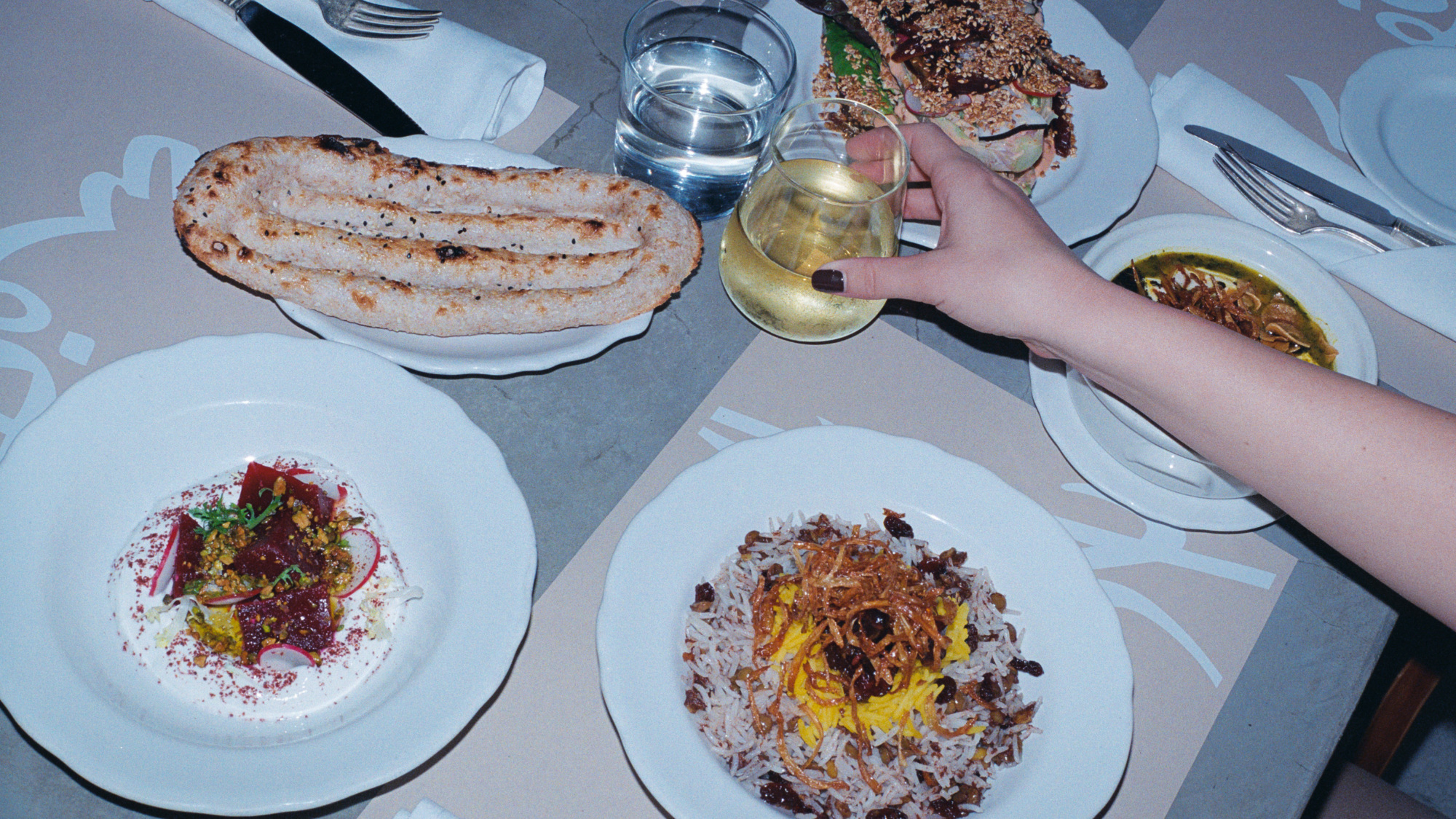
How Sofreh’s Nasim Alikhani Honors Iranian Cooking Traditions, In Five Dishes
It’s a little before five o’clock in the evening, just before dinner service, and chef-owner Nasim Alikhani is busy making sure everything is just right before the doors open at Sofreh. Alikhani and her husband, Akis Petroulas, opened Sofreh in 2018 in Prospect Heights, Brooklyn, and from the beginning, everything they’ve done was done with intention. Inside the space, you’ll hear Iranian music playing in the background. Dining here feels like you’re inside someone’s home; Alikhani purposely designed it so guests feel like they’re in an Iranian household, knowing that, for some of the people that come to her establishment, this is a way for them to experience her culture for the first time.
“Everything [in Sofreh] is about where I come from, what I know, what is familiar,” says Alikhani. “I just bring elements of home here so everybody can identify with some part of it — somebody like me who is an immigrant, or who is the second generation. I may remind somebody of their grandmother, or mother. My mission is to introduce the traditional food I grew up with and treasured, and that many other people in Iran treasure.”
Even now, three years after opening Sofreh, it can be tough to secure a reservation. The 75-seat dining room, with a small outdoor space in the front and back, is perpetually packed. In September, Alikhani opened Sofreh Café in Bushwick, focused on Iranian pastries and tea.
Drawing diners here to Sofreh is Alikhani’s approach to Iranian food that is new and inviting but still centered around the traditions with which she grew up. It’s a careful balance, she says, to have food that gives people that sense of nostalgia, but also appeals to people who might be new to Iranian food and culture, too.
“Iranian food is complex,” says Alikhani. “It has different parts to it, because of the mixture of different religions, cultures, and people … so in the same way that [we as Iranians] look different, our food is also different.”
She adds, “My menu was always meant to put the most iconic dishes from various parts of the country on display. I pay close attention to specific techniques of cooking dishes that are true to Persian culture and tradition, such as using a ton of onions and slowly reducing them in every sauce, or using an abundance of herbs.”
- Seven Incredible Holiday Dishes, According to New York Chefs — and Where You Can Find Them
- Nami Nori Continues to Evolve, As Seen Through Five New Dishes on Its New Brooklyn Menu
- How Rangoon’s Myo Moe Evokes Burmese Nostalgia, Through Five Dishes
- On Being Queer, Arab American, and Speaking Truth Through Food
- Twelve Excellent Private Dining Rooms in New York

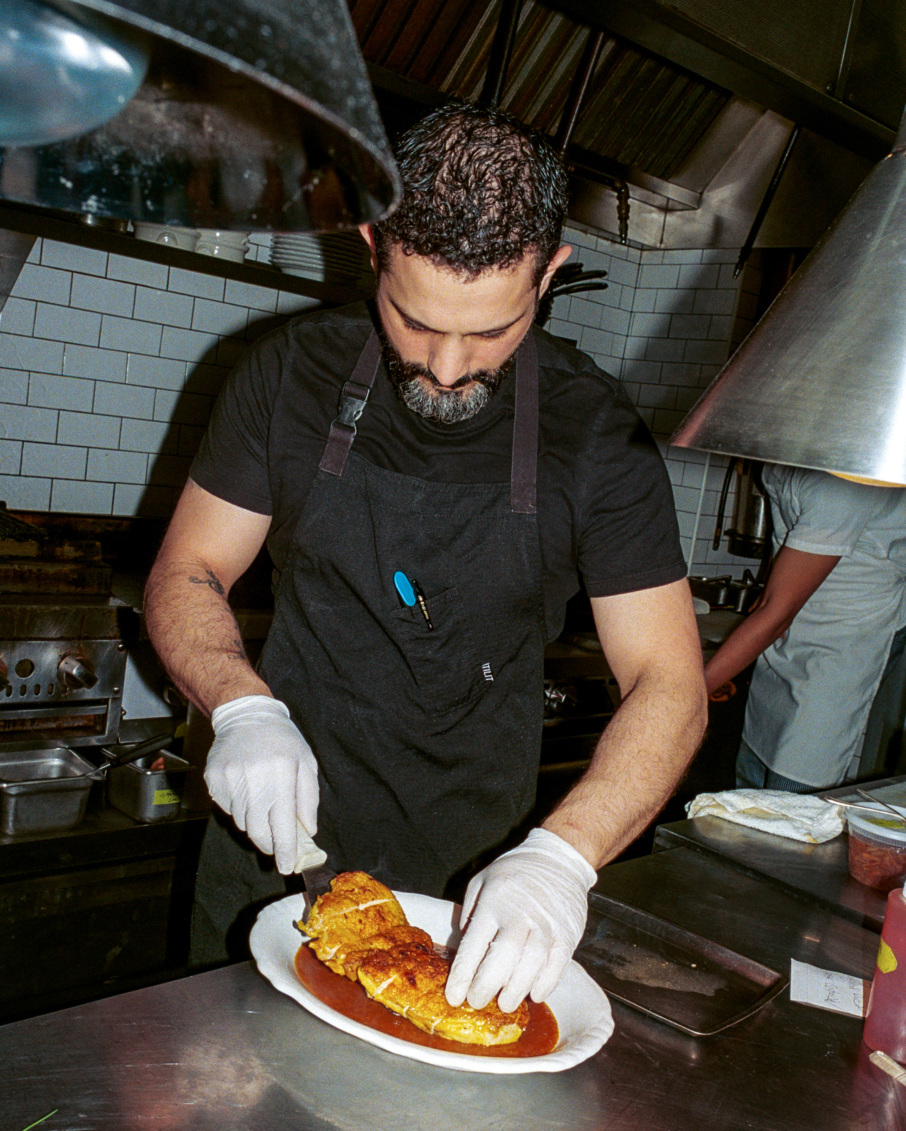
For Alikhani, the task of capturing the fullness of Iranian cuisine was a challenge, but she wanted to do her best to show how vast Iranian food was, and what it could look like for her diners.
“Many of these traditional dishes have evolved over the years; and in some instances, no one knows how these combinations came about, but they’re just perfect dishes.”
Here’s how Alikhani keeps Iranian culture and tradition alive, as seen through five dishes.
1. Persian Herb and Noodle Stew
“Ash refers to a whole category of this dish, or soup or stew. We introduced ash as this stew because we didn’t know quite how to describe it to people, but it’s really not stew. It’s a kind of soup that has a ton of herbs, a ton of beans, and it has also noodles, so it’s almost like Iranian ramen. It’s super complex, and it is a dish that every Iranian mom in every city in Iran, and in every home, is making a variation of. It’s one of the few items on the menu from when I started Sofreh. Every time my kids got a cold, or if they were a little under the weather at the time, or if I had a big group of people coming to meet me, I would make a big pot of this stew, and garnish it beautifully, and put it in the middle of the table. It’s such an iconic dish that you can have at a party or for picnics.”
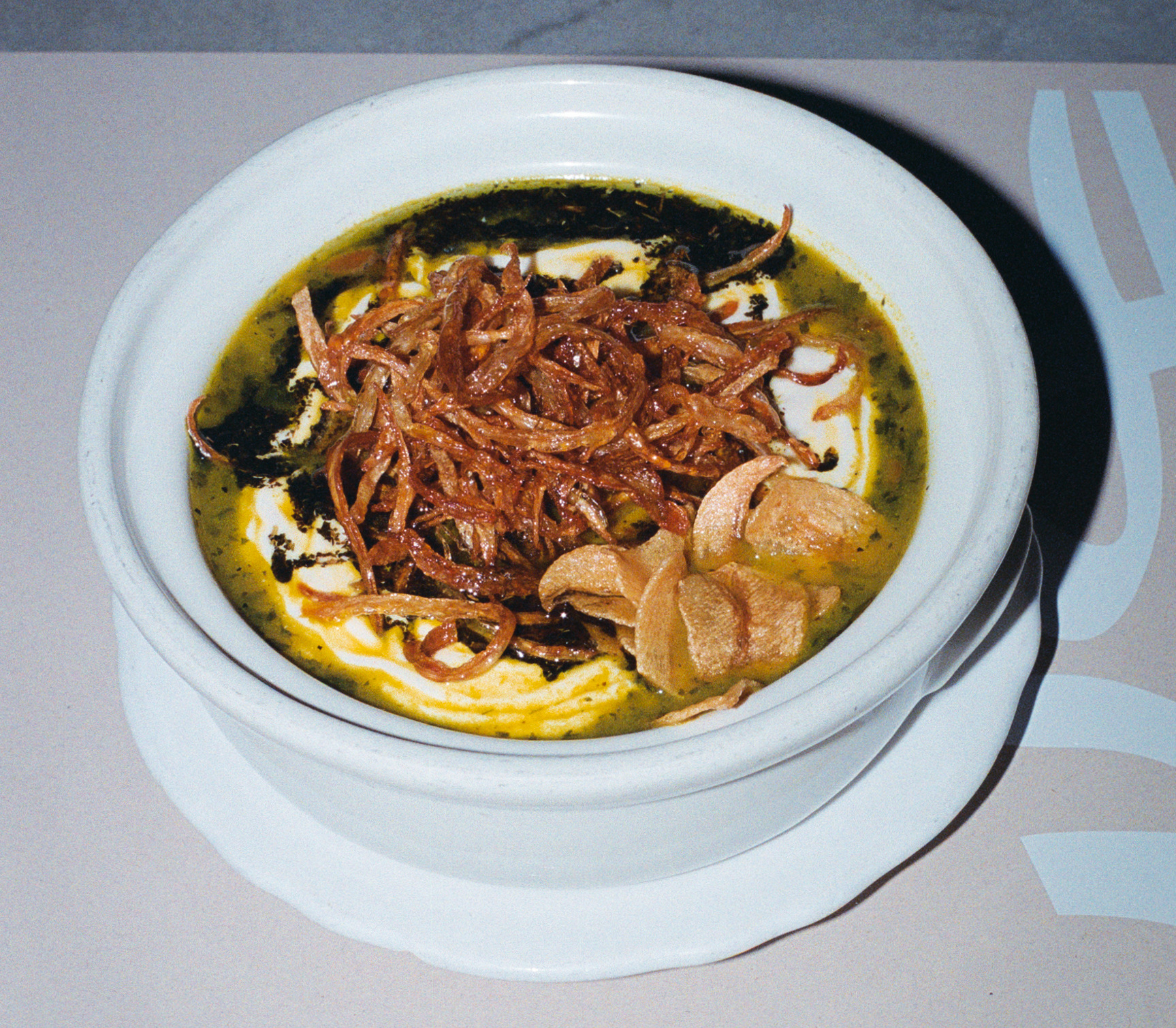
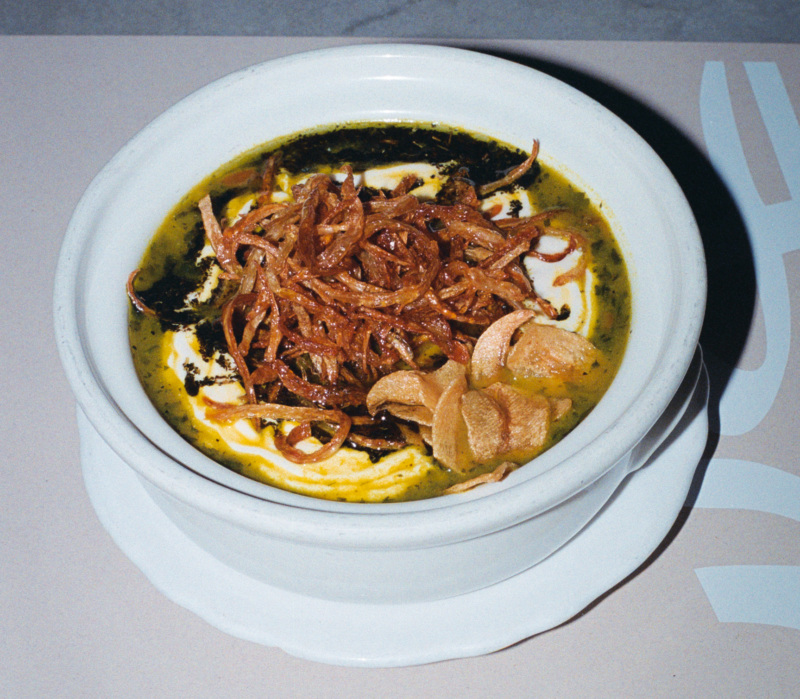
2. Roasted Squash and Feta Salad
“The cheese that is very prominent in Iran is panir cheese, which is a variation of the white feta cheese that we use. The main components of this salad are just some herbs and a nice piece of feta in the middle and then we change the fruit around, depending on the season. Watermelons were used as the standard in the summer, and then we changed to acorn squash. In Iran, you will find something like this with a variation of feta. This salad also has a pomegranate glaze, which is super Iranian. Many of our dishes have pomegranate.”
3. Half Chicken
“This chicken dish in Iran is typically cooked with a broth because it’s a part of our slow-cooked traditional style of cooking. When I was making this chicken dish in my own house, I would just make a beautiful sauce, brown my chicken, and cook my chicken in the broth. Then, all the flavors would be soaked in it.
“When we started the restaurant, I was just going to do it the traditional way, as a chicken with a ginger apricot sauce. But our chef Ali Saboor, who is also from Iran, told me one day, ‘This is great, and delicious, and wonderful, but can I show you my way?’ His way involves deboning the chicken, keeping the skin on, and just grilling it to perfection to achieve this crispy skin. Then he places the chicken on my beautiful sauce. I looked at it, and I was just like, ‘Wow.’ My kids always ask for it. The chicken has been on the menu from the beginning.”
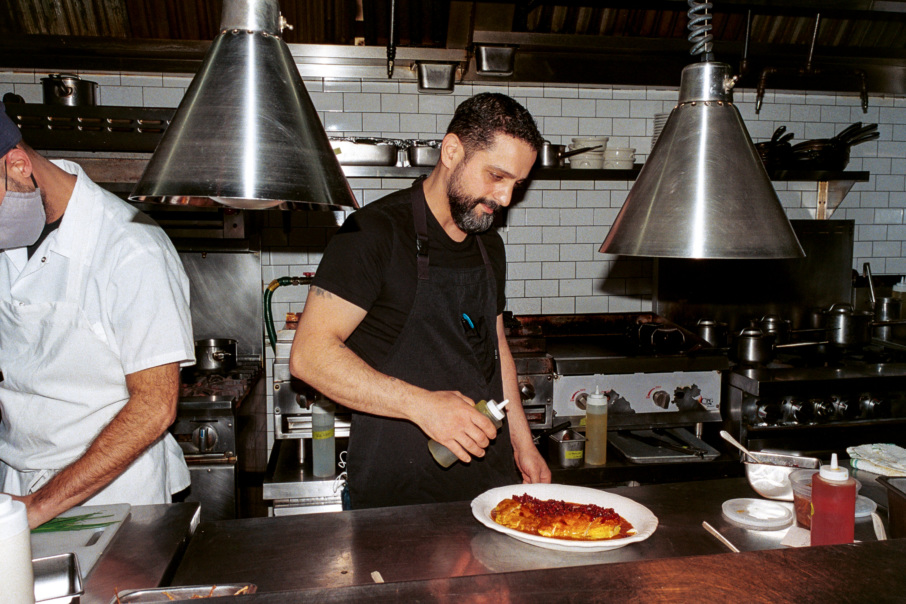
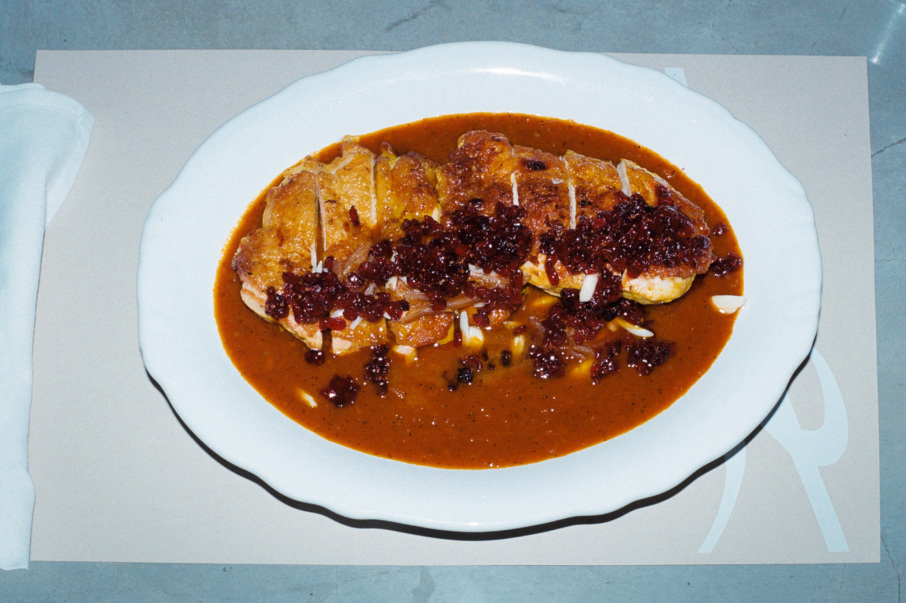
4. Mejdool Dates and Lentil Rice
“We always have basmati rice with all our stews, but we also have so many kinds of rice, and they come in so many colors, and one of the very popular rice dishes that we have is one done with the lentils. All of these different rice dishes are all cooked differently, depending on the region. Lentils here in the States, for some reason, cook fast. In my country, they take forever to cook, but in the States you can cook them in 15 to 20 minutes. Lentil rice was a go-to kind of dinner when I didn’t have anything on my plate. When the kids are coming home, and they are starving, I always have lentils and I always have rice. You can also commonly find it served with dates. Whenever I have guests over, I like to add plenty of dates that are gently sautéed in butter to give it a glorious flavor. For this reason, I serve it at Sofreh with dates.”
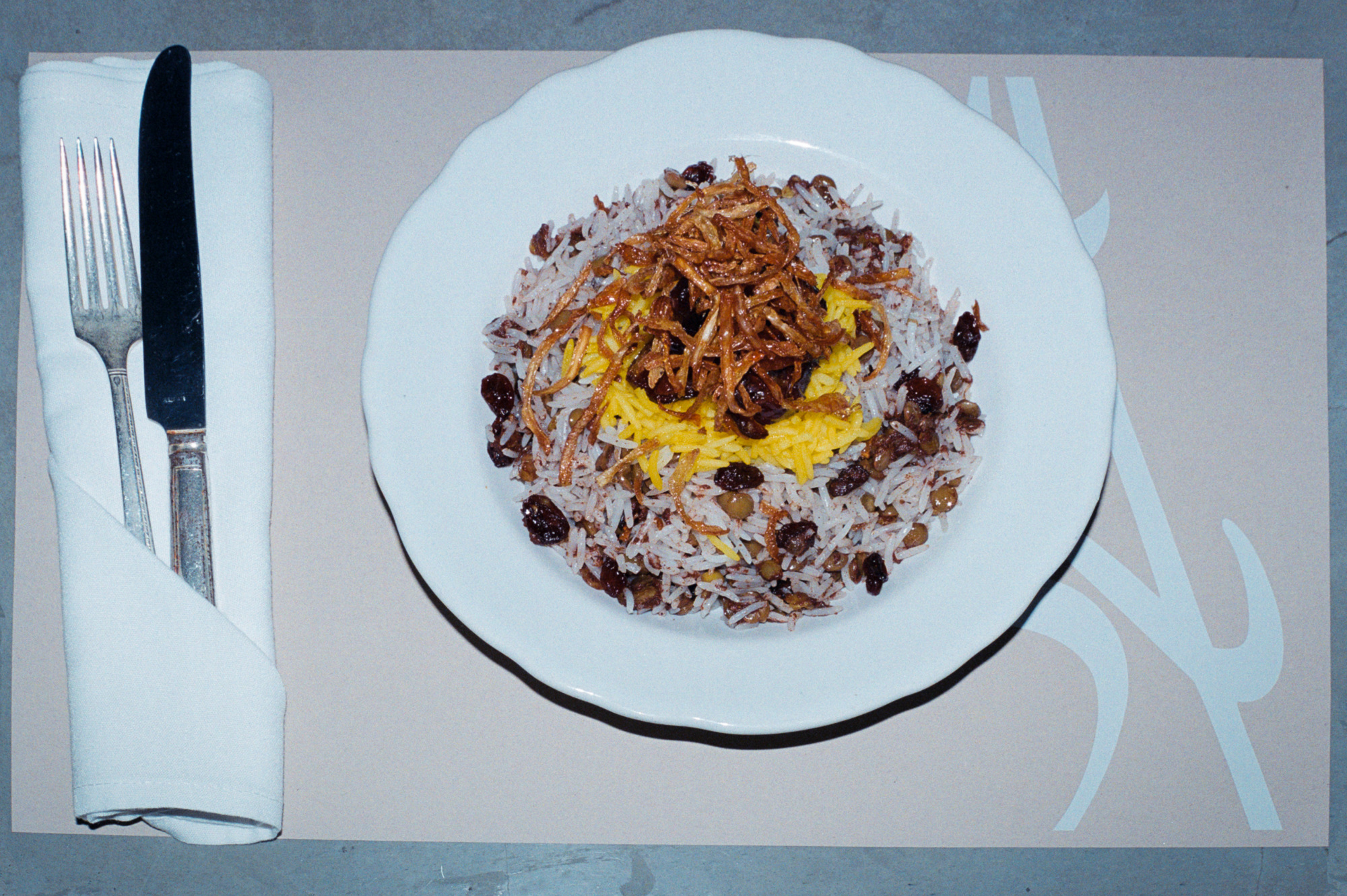

5. Rosewater and Cardamom Custard
“The custard is made with a mixture of rice flour and wheat flour and combined with milk. It is a creamy, simple dish, something a mother might whisk in her kitchen, and it comes together in less than half an hour. When we were young, we didn’t have this luxury of pastries to snack on, but our mother wanted to treat us every time we asked for something sweet. She always had rice flour, wheat flour, sugar, and milk. She had a beautiful, delicious bowl of this creamy custard, that’s almost like farina.
“One day my chef [Ali Saboor] said, ‘I love the flavor of this custard. It’s delicious. People love it. Can I show you a version of it?’ So, he worked around it, and he made a beautiful almond cookie crust as a kind of a custard tart and glazed it with sour cherry.”

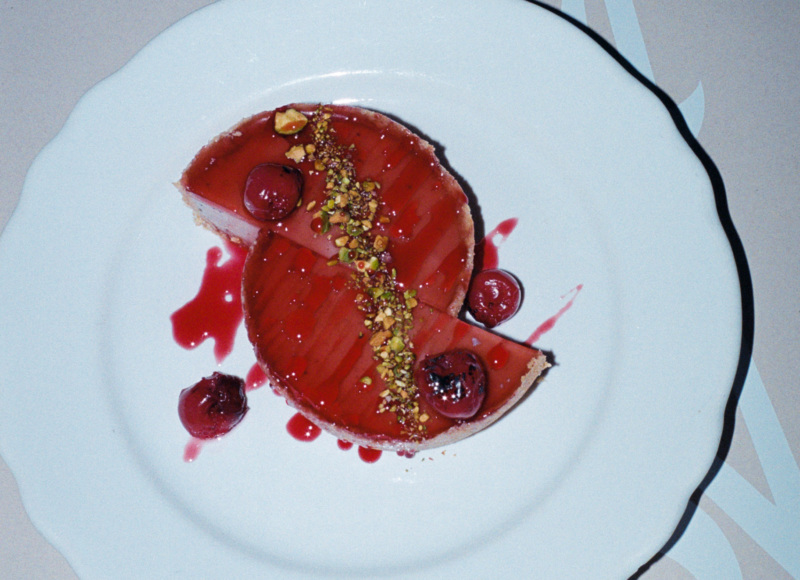
Discover More

Stephen Satterfield's Corner Table















